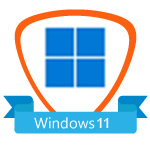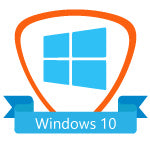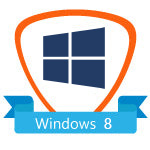Types of Microsoft Windows License
Microsoft offers various license types for its software products, and each type serves different purposes. Here’s an overview of the differences between some common Microsoft license types:
1. MAK (Multiple Activation Key)
- Purpose: For volume licensing in large organizations.
- Activation:
- Activates a specified number of devices.
- Once activated, the device does not need further validation from Microsoft.
- Limited to the number of activations purchased.
- Usage: Suitable for organizations that need devices activated permanently and may not always connect to a central server.
2. KMS (Key Management Service)
- Purpose: For enterprise environments to centrally manage activations.
- Activation:
- Requires a KMS server within the organization.
- Devices must periodically connect to the server (typically every 180 days) to maintain activation.
- No activation limit; suitable for environments with frequent device turnover.
- Usage: Best for large organizations with a centralized network infrastructure.
3. OEM (Original Equipment Manufacturer)
- Purpose: Pre-installed licenses tied to hardware sold by manufacturers (e.g., Dell, HP).
- Activation:
- Automatically activated by the manufacturer.
- Tied to the computer’s hardware (usually the motherboard).
- Cannot be transferred to another device.
- Usage: Common for users purchasing prebuilt systems.
4. Retail
- Purpose: Licenses sold directly to consumers via Microsoft or retail stores.
- Activation:
- Activated on one device at a time but can be transferred to a new device if needed.
- Allows reactivation after hardware changes, like replacing the motherboard.
- Usage: Ideal for individual users or small businesses who might upgrade or switch devices.
5. Bind Key
- Purpose: A license key bound directly to a user’s Microsoft account or device.
- Activation:
- Activation is linked to the user’s Microsoft account rather than just a product key.
- It requires signing in with the associated account to activate or reactivate.
- Often used with digital licenses (e.g., licenses purchased online or provided with upgrades like Windows 10/11 digital entitlement).
- Usage: convenient for users who want flexibility to transfer their license or activate it across multiple eligible devices, as long as it adheres to the license terms.
Key Differences:
| Key Type | Transferable? | Volume Activation? | Requires Server? | Tied to Device? | Use Case |
|---|---|---|---|---|---|
| MAK | No | Yes (limited activations) | No | No | Enterprise with standalone systems |
| KMS | No | Yes (unlimited) | Yes | No | Enterprise with networked environments |
| OEM | No | No | No | Yes | Prebuilt systems for home users |
| Retail | Yes | No | No | No | Individual users, freelancers |
| Bind Key | Yes (via Microsoft account) | No | No | No (linked to account/device) | Digital entitlement and upgrades |
In Summary:
- Bind Key offers flexibility as it’s tied to your account, making reactivation easy on eligible devices.
- It’s increasingly common with modern Windows versions (like Windows 10/11) and digital purchases.
It’s important to note that Microsoft’s licensing terms and conditions can change over time, and there may be specific details or variations depending on the product and version. Always refer to the official Microsoft licensing documentation or contact Microsoft directly for the most up-to-date and accurate information.












